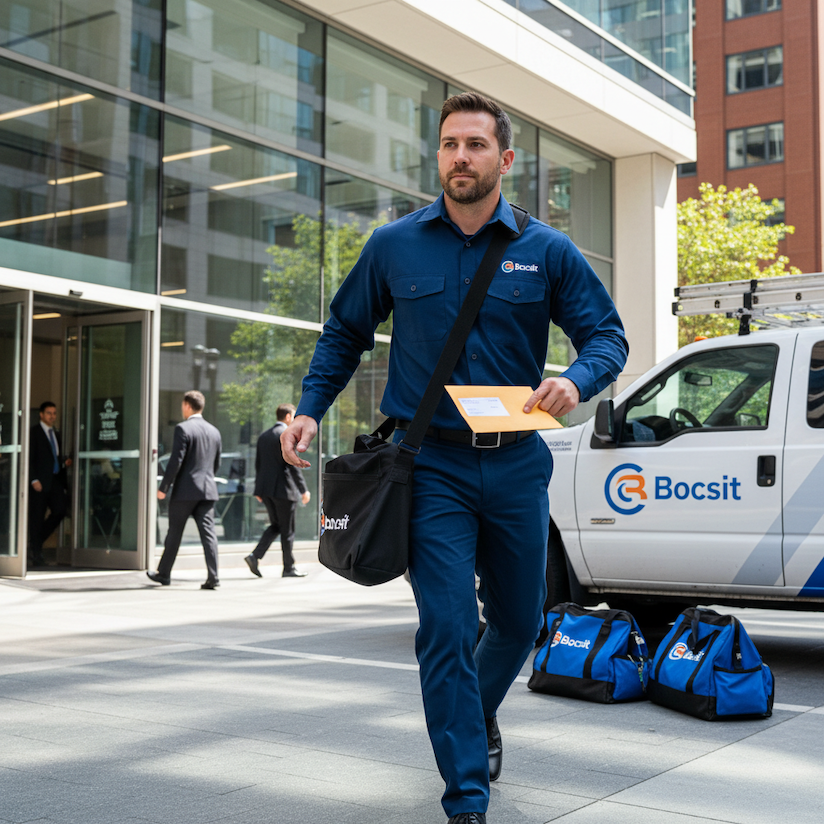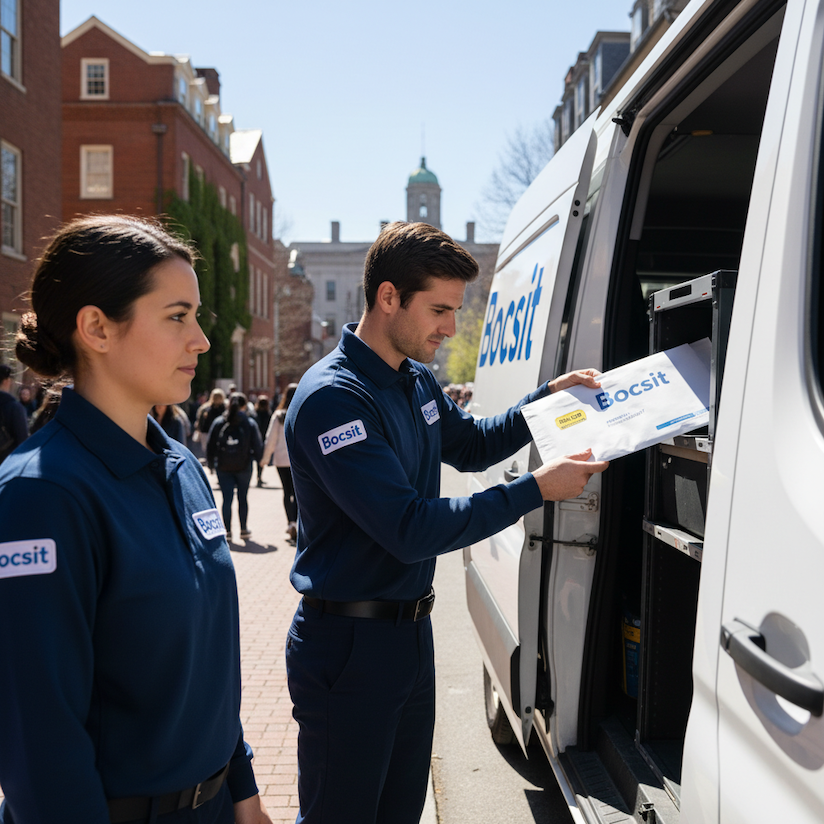The Impact of Weather Conditions on Trucking Operations

Weather conditions play a significant role in the daily operations of the trucking industry. From severe storms to extreme temperatures, the elements can affect everything from logistics planning to driver safety and delivery timelines. This blog post explores the multifaceted impact of weather on trucking operations, highlighting the challenges faced by the industry and the innovative strategies companies use to navigate these obstacles.
Navigating Through the Storm: Challenges Posed by Weather
Weather conditions can pose a wide array of challenges for trucking operations, significantly affecting efficiency, safety, and reliability.
Safety Concerns
Safety is the paramount concern in trucking operations, and adverse weather conditions amplify risks on the road. Snow, ice, heavy rain, fog, and high winds can decrease visibility and vehicle traction, increasing the likelihood of accidents. Truck drivers must be adept at navigating these hazards to protect themselves, their cargo, and other road users.
Delivery Delays
Weather-related disruptions can lead to significant delivery delays. Roads can become impassable due to snowstorms or flooding, requiring detours that extend travel time. Even minor delays can accumulate, disrupting tightly scheduled logistics operations and leading to broader inefficiencies within supply chains.
Increased Operational Costs
Adverse weather conditions can also inflate the operational costs of trucking companies. Increased fuel consumption, vehicle maintenance (especially for damage caused by harsh conditions), and the potential for cargo damage all contribute to higher costs. Additionally, companies may face penalties for late deliveries or need to invest in more sophisticated weather tracking and communication technologies.
Adaptive Strategies and Solutions
Despite these challenges, the trucking industry has developed a range of strategies to mitigate the impact of adverse weather conditions.
Advanced Weather Forecasting and Route Planning
Trucking companies increasingly rely on advanced weather forecasting tools to anticipate and navigate around severe weather. Real-time data allows for dynamic route planning, enabling drivers to avoid the worst conditions and minimize delays.
Driver Training and Support
Investing in comprehensive driver training programs is crucial for preparing drivers to handle adverse weather conditions. This includes not only improving driving skills but also educating drivers on the use of technology and resources available to them during their journeys. Additionally, companies provide support through communication centers that offer real-time assistance and updates.
Technological Innovations
Technology plays a key role in minimizing the impact of bad weather on trucking operations. Innovations such as anti-skid systems, improved tire designs, and enhanced vehicle insulation help maintain safety and efficiency. Moreover, mobile apps and in-cab communication systems enable drivers to stay informed about weather changes and road conditions.
Policy and Planning
Strategic planning and flexible scheduling are essential for mitigating the impact of weather on trucking operations. Companies may build extra time into delivery schedules during seasons prone to bad weather or adjust logistics strategies to prioritize the delivery of critical shipments.
The impact of weather conditions on trucking operations is both significant and multifaceted, affecting safety, efficiency, and the bottom line. However, through a combination of advanced planning, technological innovation, and strategic adaptation, the trucking industry continues to find ways to navigate these challenges. As technology advances and forecasting becomes more accurate, trucking companies will be better equipped to mitigate the effects of adverse weather, ensuring that deliveries arrive safely and on time, regardless of the conditions outside.


















